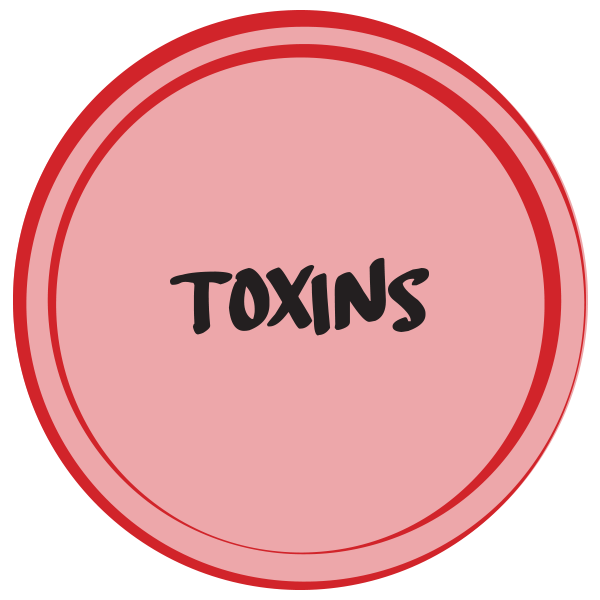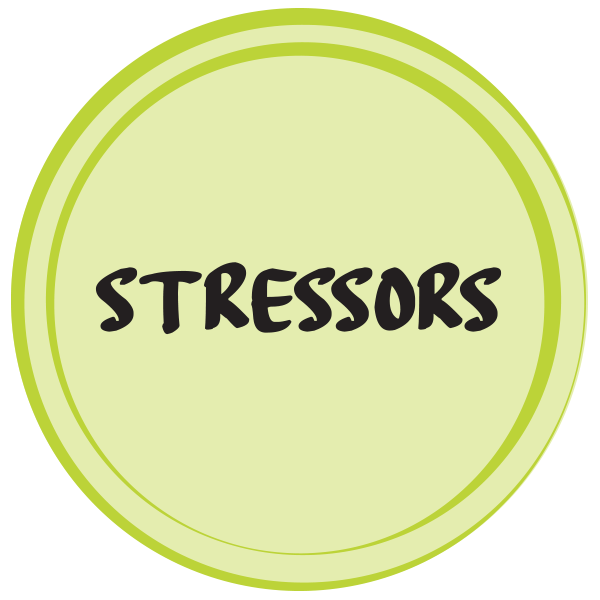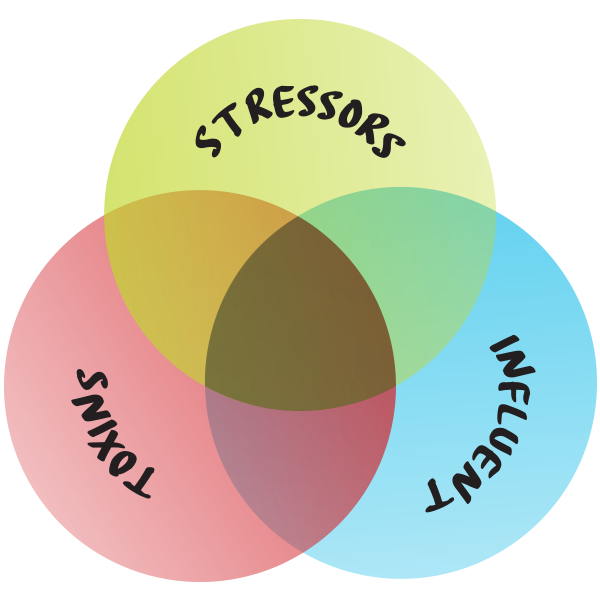Recovering From Upset?
As a wastewater operator, you have no control over what comes into your system, but it’s up to you to make what comes out clean and safe for everyone around. Our lab is constantly researching the causes of wastewater plant upset and its effects on MLSS. As your partner, we use this ever-growing knowledge base to help you identify the culprit and bring back your biology. Below, we’ve compiled an overview of upsets and solutions to help when you get dumped on.
Potential Upset Cause #1

Biocides
Bleach, quats, and alcohol sanitizers are intended to kill bacteria which makes them toxic to bacteria in wastewater treatment. Healthy wastewater systems have a much higher tolerance to biocides.
Recommended Products:
Smart BOD
Dynamic Duo
Heavy Metals
Certain heavy metals such as mercury and cadmium are extremely toxic to bacteria (and everything else), but even necessary micronutrients such as iron or cobalt can be toxic to bacteria in high concentrations.
Recommended Products:
Smart BOD
Dynamic Duo
Aquafix is conducting extended studies into the effects of quaternary ammonium cations (Quats or QACs) in water. Check out our current Quat toxicity results.
Potential Upset Cause #2

Low DO
Heterotrophic bacteria in wastewater require significant concentrations of DO to remove nutrients. When DO levels are low, these bacteria are stressed, leading to poor bacterial function and cell death.
Recommended Products:
OxyPaks XL
Temperature Change
Rapid temperature changes (especially rapid temperature drops) can stress bacteria, making them less resistant to toxins and less capable of successfully handling unusual loading.
Recommended Products:
VitaStim Polar
Potential Upset Cause #3

Septic Wastes
Incoming septic waste is inhibitory because it contains reduced sulfur compounds and volatile acids which are mildly toxic to bacteria. Generally, this is only an issue in already stressed wastewater plants.
Recommended Products:
OxyFresh
Shock Loads
Random occasional highly concentrated waste streams known as “shock loads” result in overwhelmed bacterial populations. Plants can acclimate to this over time with adequate aeration.
Recommended Products:
VitaStim Sludge Reducer
Surfactants
Surfactants reduce surface tension in wastewater systems which can lead to foaming problems. Foaming can cause low DO, and often, surfactants are mixed with biocides that can cause toxicity.
Recommended Products:
VitaStim Surfactants
A Perfect Storm

Getting dumped on?
While any single factor can upset your system alone, compounding several issues can greatly multiply your problem. These various upsets can add to and worsen one another, especially if left to overlap too long.
